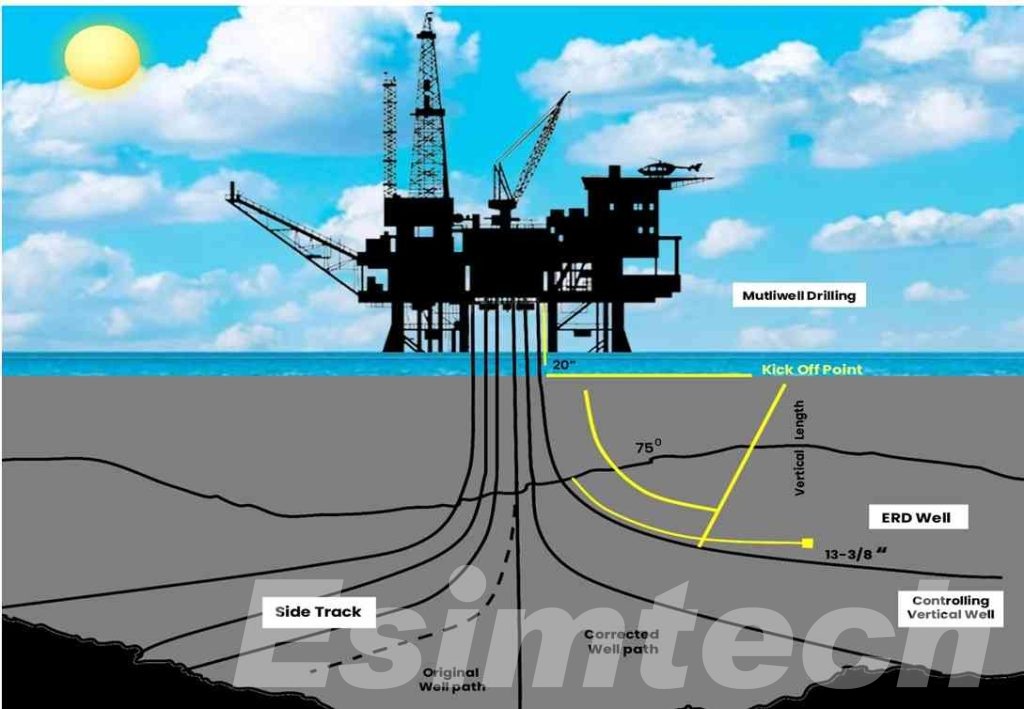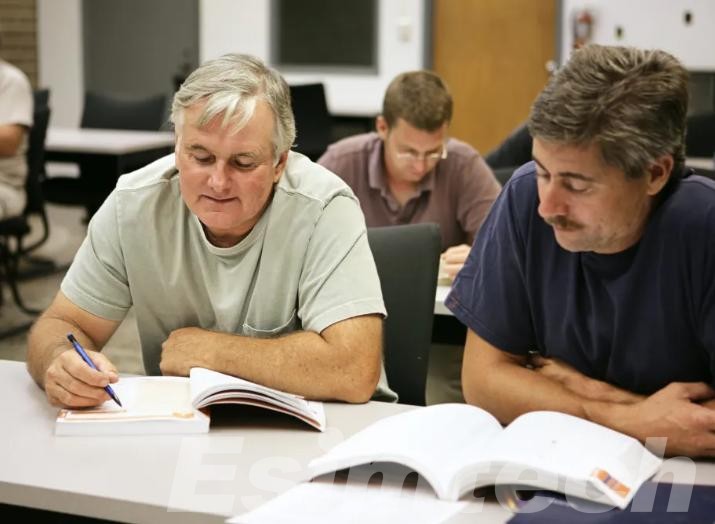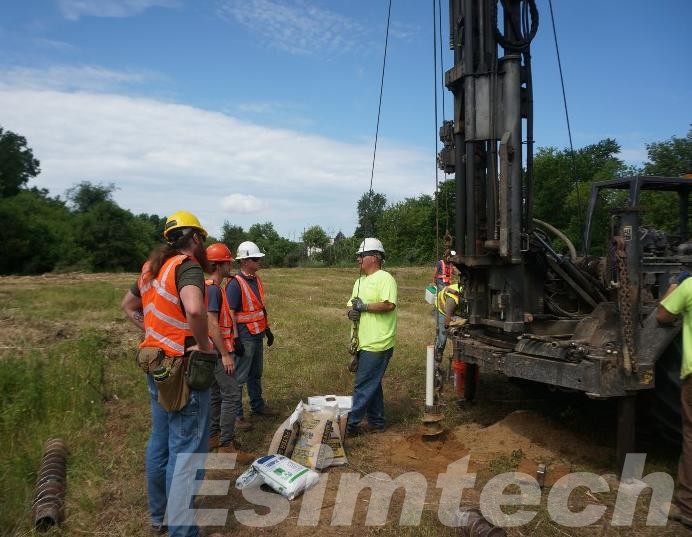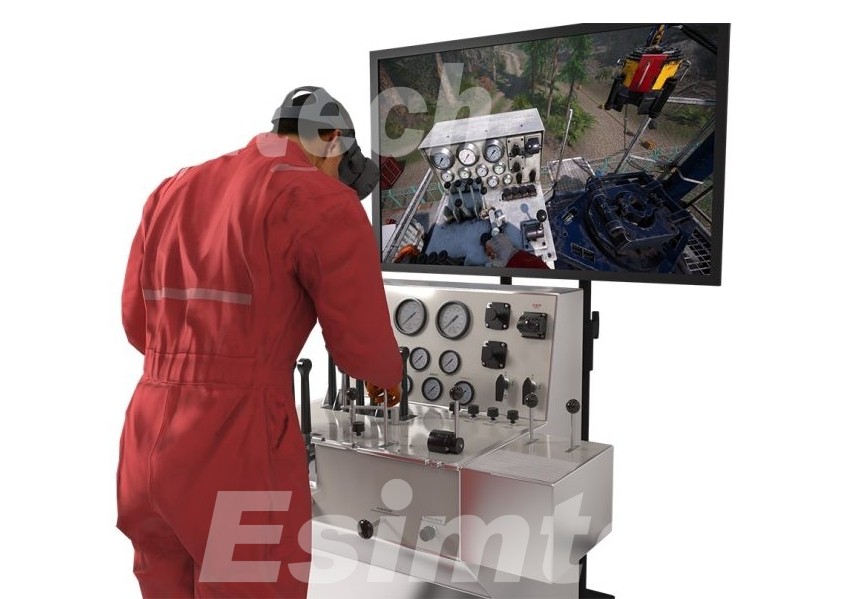How People Learn Drilling
Mastering drilling techniques is essential across various industries, including oil and gas exploration, mining, construction, and geothermal energy. The learning process for drilling proficiency encompasses theoretical understanding, practical application, and continuous refinement. Students begin by grasping theoretical principles such as geology and safety protocols, but true mastery is achieved through hands-on experiences. Hands-on training allows learners to develop tactile skills and an understanding of operational intricacies. Classroom drilling serves as a crucial link between theory and practice, providing a structured environment for exploring concepts like drilling methods and equipment specifications.

The integration of simulation technology, specifically Virtual Reality (VR) simulations and Augmented Reality (AR) simulations, adds an innovative layer to drilling education. These simulations offer a risk-free environment for practicing drilling techniques in diverse scenarios, allowing learners to refine decision-making skills and familiarize themselves with challenges without real-world risks. The synergy of hands-on experience, classroom drilling, and simulation technology ensures a comprehensive approach, where individuals not only acquire theoretical knowledge but also develop practical skills and adaptability to dynamic drilling environments. This holistic education prepares learners to meet industry demands and contribute effectively to the success and safety of drilling operations.

Fundamentals of Drilling
A. Basics of Drilling Equipment and Machinery:
The fundamentals of drilling begin with a comprehensive understanding of the equipment and machinery involved in the process. This includes the study of various drilling rigs, such as rotary, cable tool, and percussion rigs, and their components. Trainees delve into the functionalities of drilling bits, pipes, and the intricate systems that facilitate the extraction of resources from beneath the Earth’s surface. A solid grasp of the basics of drilling equipment is essential for ensuring efficient and effective drilling operations.
B. Understanding Geological Formations and Subsurface Conditions:
An integral aspect of drilling proficiency is a profound understanding of geological formations and subsurface conditions. Trainees learn to interpret geological data, identify different rock types, and anticipate subsurface challenges. This knowledge is crucial for selecting appropriate drilling methods, determining the right equipment, and avoiding potential complications. Geophysical surveys and geological mapping become essential tools for professionals aiming to navigate and make informed decisions in diverse drilling environments.
C. Safety Protocols and Regulations in Drilling Operations:
The importance of safety cannot be overstated in drilling operations. A comprehensive education in the fundamentals of drilling includes an in-depth exploration of safety protocols and regulations. Trainees are introduced to industry-standard safety measures, emergency response procedures, and the proper use of personal protective equipment (PPE). Understanding and adhering to safety regulations not only safeguard the well-being of personnel but also contribute to the prevention of accidents and environmental harm. Mastery of safety protocols ensures that drilling operations are conducted responsibly and in compliance with industry standards.
Methods for People to Learn Drilling
The journey to mastering drilling techniques involves a combination of classroom education, hands-on training, and the integration of cutting-edge technologies. These diverse methods cater to different learning styles, ensuring a well-rounded and adaptable skill set for aspiring drillers.
Classroom Drilling Courses

1. Theoretical Knowledge Acquisition
Classroom drilling courses serve as the academic cornerstone, providing theoretical knowledge essential for drilling proficiency. These courses cover drilling principles, techniques, and terminology. Trainees engage in theoretical exercises and simulations, fostering a solid conceptual understanding before moving on to practical applications.
2. Introduction to Drilling Principles
Classroom instruction introduces individuals to the fundamental principles governing drilling operations. Topics such as drilling methods, tool selection, and borehole design are explored in-depth, laying the groundwork for subsequent hands-on experiences.
3. Classroom-Based Simulations
To bridge the gap between theory and practice, classroom-based simulations offer a controlled environment for trainees to apply theoretical knowledge. Simulated drilling scenarios allow learners to make decisions, solve problems, and develop a foundational understanding of real-world challenges.
Hands-On Training

1. Application of Drilling Theories in Practical Settings
The practical application of drilling theories is a crucial phase in the learning journey, where theoretical knowledge is translated into hands-on experiences within controlled environments. During this hands-on training, trainees actively engage with drilling equipment under supervision, refining their skills and executing drilling techniques in a practical context.
2. Real-World Challenges and Troubleshooting
To enhance adaptability, hands-on training integrates real-world scenarios and problem-solving exercises. Trainees are immersed in simulated challenges, including unexpected equipment malfunctions and geological complexities. This immersive experience prepares them for the unpredictable nature of drilling operations, fostering the ability to troubleshoot and make informed decisions in dynamic situations.
3. On-Site Apprenticeship Experience
Transitioning from controlled environments to actual drilling sites is a pivotal aspect of hands-on training. Apprentices work alongside experienced mentors, gaining practical exposure to the challenges and nuances of real drilling projects. This on-site apprenticeship not only provides valuable insights but also allows trainees to apply their acquired skills in authentic work settings, contributing to their overall competence and readiness for the field.
Technological Integration

- Utilizing Advanced Drilling Simulations and Virtual Reality (VR)
Technological advancements have revolutionized drilling education. Advanced drilling simulations and virtual reality (VR) applications provide immersive experiences, allowing trainees to simulate various drilling scenarios. VR technology creates realistic environments, enabling individuals to practice and refine their skills without real-world consequences.
- Interactive Learning Modules and Digital Tools
Incorporating interactive learning modules and digital tools into drilling education enhances the overall learning experience. These tools may include interactive 3D models, animations, and digital platforms that engage learners, making complex concepts more accessible and fostering a deeper understanding of drilling principles.
- Continuous Learning through Technology
Technology facilitates continuous learning by offering digital resources for ongoing skill development. Online platforms, webinars, and digital resources keep drillers updated on the latest industry trends, technological advancements, and best practices.
Esimtech: Make Drilling Learning More Efficient

Esimtech, a company at the forefront of drilling training innovation, recognizes the need for a comprehensive and engaging learning experience. Their platform combines the benefits of traditional methods with cutting-edge technology:
Esimtech’s simulations go beyond static models, offering dynamic environments that react to student actions. Trainees can explore different geological formations, experiment with drilling parameters, and experience the consequences of their decisions in a safe, virtual world. The platform utilizes artificial intelligence to provide personalized feedback and recommendations based on individual performance. This adaptive learning approach ensures trainees progress at their own pace and focuses on areas needing improvement.
By harnessing the power of technology, Esimtech empowers individuals to learn to drill faster, more effectively, and with greater confidence. Their platform is a testament to the transformative potential of technology in the world of drilling education.
